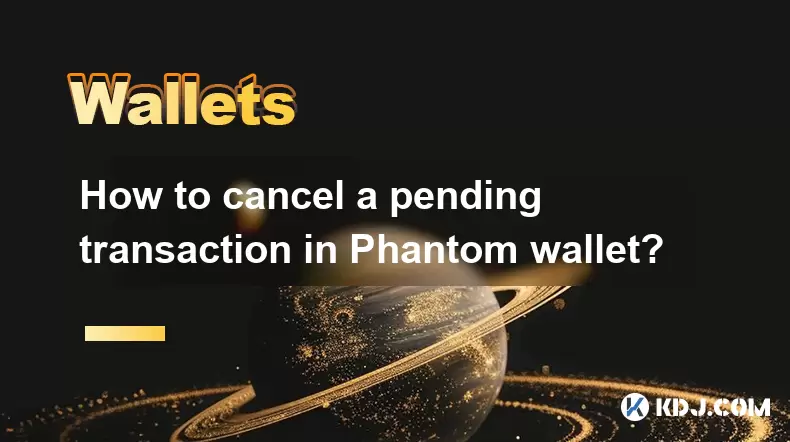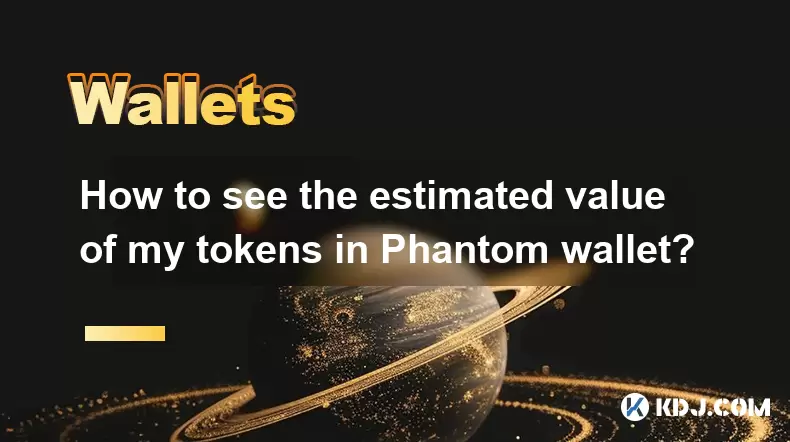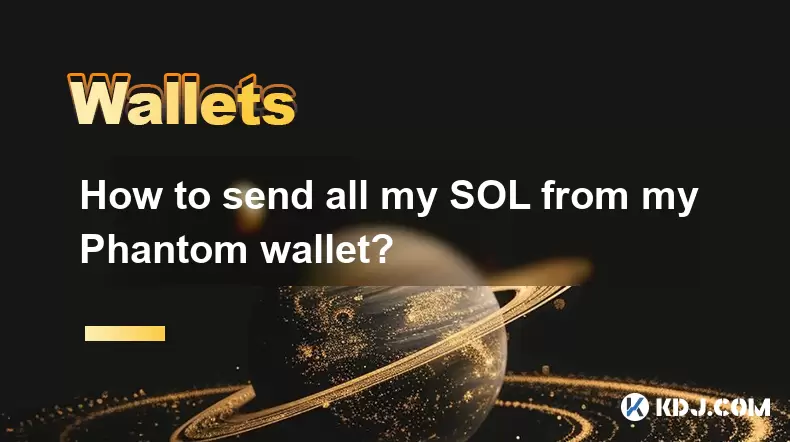-
 Bitcoin
Bitcoin $108,802.0448
0.59% -
 Ethereum
Ethereum $2,556.7655
1.66% -
 Tether USDt
Tether USDt $1.0001
-0.02% -
 XRP
XRP $2.2765
2.15% -
 BNB
BNB $662.6901
1.16% -
 Solana
Solana $151.4936
2.68% -
 USDC
USDC $0.9999
0.00% -
 TRON
TRON $0.2857
0.49% -
 Dogecoin
Dogecoin $0.1704
4.33% -
 Cardano
Cardano $0.5847
1.63% -
 Hyperliquid
Hyperliquid $39.2227
-0.47% -
 Sui
Sui $2.9110
0.60% -
 Bitcoin Cash
Bitcoin Cash $491.8681
1.55% -
 Chainlink
Chainlink $13.4311
2.12% -
 UNUS SED LEO
UNUS SED LEO $9.0273
0.09% -
 Avalanche
Avalanche $18.1653
1.64% -
 Stellar
Stellar $0.2442
2.69% -
 Toncoin
Toncoin $2.8966
5.36% -
 Shiba Inu
Shiba Inu $0.0...01180
2.95% -
 Litecoin
Litecoin $87.8955
1.49% -
 Hedera
Hedera $0.1573
1.30% -
 Monero
Monero $316.6881
0.88% -
 Polkadot
Polkadot $3.3938
1.37% -
 Dai
Dai $0.9999
-0.01% -
 Ethena USDe
Ethena USDe $1.0001
-0.01% -
 Bitget Token
Bitget Token $4.3976
0.08% -
 Uniswap
Uniswap $7.4020
6.83% -
 Pepe
Pepe $0.0...01000
3.22% -
 Aave
Aave $276.6854
2.05% -
 Pi
Pi $0.4586
-0.62%
how to find my ethereum wallet address on binance
Binance doesn't show your Ethereum address; it generates a unique deposit address for each transaction. Never share this temporary address with untrusted parties, and always double-check addresses before withdrawals to avoid irreversible fund loss.
Mar 21, 2025 at 09:14 am

Key Points:
- Binance doesn't directly display your Ethereum wallet address in the same way some other exchanges might. Instead, you interact with Ethereum through Binance's internal system.
- Accessing your Ethereum address requires understanding Binance's deposit and withdrawal mechanisms.
- Security is paramount. Never share your address with untrusted sources.
How to Find Your Ethereum Wallet Address on Binance
Binance, as a centralized exchange, manages the Ethereum addresses for its users. This means you don't have a directly accessible, independent Ethereum wallet address like you would with a self-custodial wallet such as MetaMask. Instead, Binance acts as an intermediary, handling the complexities of interacting with the Ethereum blockchain on your behalf. You don't need to find an address in the traditional sense; you need to find the deposit address Binance provides for receiving ETH.
Understanding Binance's Deposit Process
To receive Ethereum on Binance, you'll need to generate a deposit address through the platform itself. This address is unique to each deposit and isn't a persistent, personally-owned address. Think of it as a temporary address provided by Binance for a specific transaction. This differs from having your own, independently managed Ethereum wallet.
- Go to the Binance website and log in to your account.
- Navigate to the "Wallet" section, usually found in the top menu.
- Select "Deposit" or a similar option.
- Choose "Ethereum" (ETH) from the list of available cryptocurrencies.
- Binance will then generate a unique Ethereum deposit address for you. This address will be displayed on the screen. Copy this address carefully and use it to send ETH to your Binance account.
This deposit address is specific to that particular transaction. If you want to receive more ETH, you’ll need to generate a new deposit address through the same process.
Important Security Considerations
Never share your deposit address generated by Binance with anyone you don't fully trust. Treat this address with the same level of caution as you would any other sensitive financial information. Phishing scams are common, and malicious actors may try to trick you into revealing your address to steal your funds. Always verify the legitimacy of any request for your address before sharing it.
Understanding Withdrawals
Withdrawing Ethereum from Binance involves providing the Ethereum address you want to send the funds to. This is where you'll input the address of your external Ethereum wallet, if you have one. Binance will then process the withdrawal and send the ETH to the specified address. The process is typically straightforward:
- Navigate to the "Wallet" section.
- Select "Withdrawal" or a similar option.
- Choose "Ethereum" (ETH).
- Enter the amount of ETH you wish to withdraw.
- Carefully enter the recipient's Ethereum address. Double-check the address before confirming.
- Binance may require additional authentication steps, such as two-factor authentication (2FA) or email verification.
- Confirm the withdrawal.
Binance and Your Ethereum Keys
It's crucial to remember that Binance holds the private keys associated with your Ethereum deposits. You don't directly manage these keys; Binance does. This is a fundamental difference between using a centralized exchange like Binance and using a self-custodial wallet. With a self-custodial wallet, you are responsible for securely managing your own private keys. This control comes with greater responsibility and risk.
Binance's Role in Ethereum Transactions
Binance acts as a custodian of your funds. When you deposit ETH, Binance credits your account balance, and when you withdraw, Binance initiates the transaction from its own pool of ETH. This is a streamlined process for users, but it means you don't directly interact with the Ethereum blockchain in the same way you would with a self-custodial wallet. The process remains secure due to Binance's internal security measures.
Frequently Asked Questions
Q: Can I see my Ethereum private key on Binance?
A: No, Binance does not provide access to the private keys associated with your Ethereum deposits. They manage these keys for security purposes.
Q: What if I lose access to my Binance account?
A: Binance has account recovery procedures. However, it's crucial to implement strong security practices to prevent account loss in the first place. This includes enabling 2FA and using a strong, unique password.
Q: Is it safe to store large amounts of ETH on Binance?
A: While Binance employs robust security measures, storing large amounts of cryptocurrency on any centralized exchange carries inherent risks. Consider diversifying your holdings across different storage solutions.
Q: Can I use the same Ethereum address multiple times to deposit ETH on Binance?
A: No, Binance generates a new deposit address for each transaction. Reusing an old address might result in difficulties receiving your funds.
Q: What happens if I send ETH to an incorrect address on Binance?
A: Sending ETH to the wrong address can result in the permanent loss of your funds. Always double-check the address before initiating any transaction. Binance's support team may be able to assist in some cases, but recovery is not guaranteed.
Disclaimer:info@kdj.com
The information provided is not trading advice. kdj.com does not assume any responsibility for any investments made based on the information provided in this article. Cryptocurrencies are highly volatile and it is highly recommended that you invest with caution after thorough research!
If you believe that the content used on this website infringes your copyright, please contact us immediately (info@kdj.com) and we will delete it promptly.
- Litecoin Breakout Watch: What Traders Need to Know Now
- 2025-07-06 16:50:13
- Bitcoin, Solana, Ethereum: Decoding the Latest Buzz on the Blockchain
- 2025-07-06 16:50:13
- Widnes Resident's 50p Could Be Your Ticket to Easy Street: Rare Coin Mania!
- 2025-07-06 16:55:13
- Bitcoin, Solaris Presale, and Token Rewards: What's the Buzz?
- 2025-07-06 16:55:13
- Ethereum Under Pressure: Price Drop Amid Global Uncertainties
- 2025-07-06 17:00:13
- XRP, SEC Case, and Prosperity: A New Era for XRP Holders?
- 2025-07-06 17:10:13
Related knowledge

How to cancel a pending transaction in Phantom wallet?
Jul 03,2025 at 07:21pm
Understanding Pending Transactions in Phantom WalletA pending transaction in the Phantom wallet occurs when a user initiates a transfer or interaction with the Solana blockchain, but it hasn't yet been confirmed by the network. This can happen due to various reasons such as low transaction fees, network congestion, or incorrect gas settings. It's import...

How to see the estimated value of my tokens in Phantom wallet?
Jul 04,2025 at 12:21am
What is Phantom Wallet?Phantom wallet is one of the most popular cryptocurrency wallets designed for the Solana blockchain. It allows users to store, send, receive, and manage various tokens built on Solana, including SPL tokens and NFTs. The wallet offers a user-friendly interface, making it accessible for both beginners and advanced users in the crypt...

How to lock my Phantom wallet extension?
Jul 03,2025 at 11:14am
What Is the Phantom Wallet and Why Lock It?The Phantom wallet is a popular non-custodial cryptocurrency wallet designed for interacting with the Solana blockchain. Supporting both browser extensions and mobile apps, Phantom allows users to store, send, receive, and stake SOL tokens, as well as interact with decentralized applications (dApps). Securing y...

Does Phantom wallet offer two-factor authentication (2FA)?
Jul 03,2025 at 09:00am
Understanding Phantom Wallet and Its Security FeaturesPhantom wallet is a widely used non-custodial cryptocurrency wallet that supports the Solana blockchain. It allows users to store, send, receive, and interact with decentralized applications (dApps) seamlessly. As security is a top priority for any crypto wallet user, security features like two-facto...

How to send all my SOL from my Phantom wallet?
Jul 06,2025 at 10:00am
Preparing to Send SOL from Your Phantom WalletBefore initiating any transaction, it is crucial to ensure that your Phantom wallet is fully set up and connected to the correct network. Phantom supports multiple networks, but for sending SOL, you must be on the Solana blockchain. Confirm this by checking the network indicator in the top-right corner of th...

What is "rent" on Solana and how does it affect my Phantom wallet?
Jul 02,2025 at 08:35pm
Understanding 'Rent' on SolanaIn the context of Solana, the term 'rent' refers to a storage fee that users pay for maintaining data on the blockchain. Unlike Ethereum, where storage costs are paid once via gas fees during contract deployment, Solana implements a recurring cost model to ensure efficient usage of network resources. This means that any acc...

How to cancel a pending transaction in Phantom wallet?
Jul 03,2025 at 07:21pm
Understanding Pending Transactions in Phantom WalletA pending transaction in the Phantom wallet occurs when a user initiates a transfer or interaction with the Solana blockchain, but it hasn't yet been confirmed by the network. This can happen due to various reasons such as low transaction fees, network congestion, or incorrect gas settings. It's import...

How to see the estimated value of my tokens in Phantom wallet?
Jul 04,2025 at 12:21am
What is Phantom Wallet?Phantom wallet is one of the most popular cryptocurrency wallets designed for the Solana blockchain. It allows users to store, send, receive, and manage various tokens built on Solana, including SPL tokens and NFTs. The wallet offers a user-friendly interface, making it accessible for both beginners and advanced users in the crypt...

How to lock my Phantom wallet extension?
Jul 03,2025 at 11:14am
What Is the Phantom Wallet and Why Lock It?The Phantom wallet is a popular non-custodial cryptocurrency wallet designed for interacting with the Solana blockchain. Supporting both browser extensions and mobile apps, Phantom allows users to store, send, receive, and stake SOL tokens, as well as interact with decentralized applications (dApps). Securing y...

Does Phantom wallet offer two-factor authentication (2FA)?
Jul 03,2025 at 09:00am
Understanding Phantom Wallet and Its Security FeaturesPhantom wallet is a widely used non-custodial cryptocurrency wallet that supports the Solana blockchain. It allows users to store, send, receive, and interact with decentralized applications (dApps) seamlessly. As security is a top priority for any crypto wallet user, security features like two-facto...

How to send all my SOL from my Phantom wallet?
Jul 06,2025 at 10:00am
Preparing to Send SOL from Your Phantom WalletBefore initiating any transaction, it is crucial to ensure that your Phantom wallet is fully set up and connected to the correct network. Phantom supports multiple networks, but for sending SOL, you must be on the Solana blockchain. Confirm this by checking the network indicator in the top-right corner of th...

What is "rent" on Solana and how does it affect my Phantom wallet?
Jul 02,2025 at 08:35pm
Understanding 'Rent' on SolanaIn the context of Solana, the term 'rent' refers to a storage fee that users pay for maintaining data on the blockchain. Unlike Ethereum, where storage costs are paid once via gas fees during contract deployment, Solana implements a recurring cost model to ensure efficient usage of network resources. This means that any acc...
See all articles

























































































